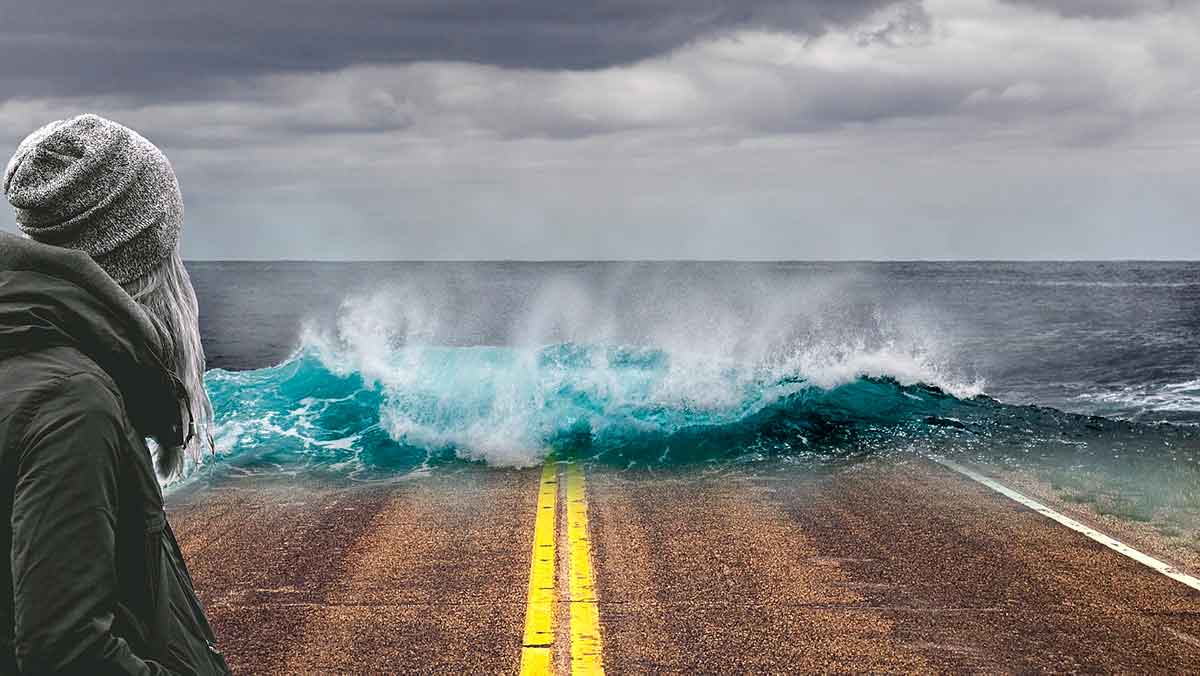
We are heading, by leaps and bounds and hand in hand with a ruling class that does not seem particularly concerned, to a scenario in which global warming points to catastrophic consequences if we don’t do something about it. This summer has been one of the hardest in living memory, historical marks have been pulverized and, just a couple of weeks ago, in mid-October, the temperature measurement in certain regions of the Mediterranean, including the Spanish Levante coast it reached 25 degrees, despite the fact that we were already at the gates of autumn.
The signals, as I say, are increasingly clear, and are reproduced on a global scale, which means a growing threat not only to marine and terrestrial ecosystems, but also to coastal regions, given that one of the direct consequences of global warming is the rise in sea level. In this regard, just a few days ago I saw a video of one of my favorite YouTube popularizers, an immense world, which tells us about the more than uncertain future of Kiribati. That may seem anecdotal, yes, but we can also read it as a preamble to what may be to come.
Kiribati’s situation may seem to us, from the old continent, something distant, recondite and even exotic. But, as I mentioned before, this summer, together with the recent maximum temperature of the waters in the Mediterranean, we must be reminded that this is a threat that we also face. Much more than we would like to think, from what we can read in Forbes Mexico. And it is that, according to a report issued jointly by the European Union and the World Meteorological Organization, which is part of the UN, Global warming is advancing in Europe twice as fast as in the rest of the world.
The data is clear, and goes beyond the peculiarities that may occur in a specific year, since the report analyzes the evolution of temperature in Europe between 1991 and 2021that is, a range of 30 years, a period in which the Alpine glaciers have lost 30 meters of thickness and the Greenland ice is melting.
And what are we facing? Well, the truth is that the panorama is bleak.because on the one hand we have the rise in sea level, which compromises the safety of the coastline, as well as other geographies such as the Netherlands, and on the other, according to the report, because “temperatures will rise in all European areas at a faster rate than the world”, which means that heat waves, like the ones we have experienced this recent torrid summer, will become more common.
The worst of all is that, even with the measures already taken, it seems to be too late to avoid this situationalthough it is true that it is still feasible, according to the experts, to prevent the situation from getting worse, and in this respect the policies adopted by the European Union stand out positively, which have made it possible to reduce greenhouse gas emissions by 31% in three decades, something in which it is affirmed that Europe is at the forefront… although it is still not enough.
From heat waves to floods, to the destruction of entire ecosystems (and the economies associated with them), to the disease outbreaks that will proliferate with this rise in temperature, the consequences of not acting quickly and decisively can be be catastrophic. And though many of us will get to see it, it is the youngest, the children of our generations and their successors, who will face this poisoned gift. Makes you think…




